Tag Archives: football
CHRIS DAVIS JR AUTOGRAPH SIGNED AUBURN TIGERS FOOTBALL PYLONS INSCRIBED WithJSA




Chris signed this in a public/private signing with us. Check out my BAMA AUTHENTICS page on FACEBOOK for pictures. From all of my signings. IITEM DESCRIPTION Autographed – YES. Inscribed – “KICK 6″… “PYLON TO PYLON” & THE PLAY In the. 2013 Iron bowl with only one second left… Alabama’s kick was short!! Davis caught the ball and ran it 109 yards for a game winning touchdown!! THIS was the play he inscribed. Size – 18 x 4 x 4 Brand – replica. Includes – JSA Certificate & Hologram. Storage – all items kept in a smoke free/pet free environment. Here at BAMA AUTHENTICS we pride ourselves on bringing you real deal autographs. All autographs are done in front of a BAMA AUTHENTICS member in a private or public signing. Be sure to check out my BAMA AUTHENTICS page on FACEBOOK for pictures of all my signings. Also, if you would like to be added to my distribution list then simply go to our info page on Facebook. Get our contact information and then send us a request to add you.

Joe Montana Autograph Signed NFL Football Inscribed HOF JSA Mounted Memories

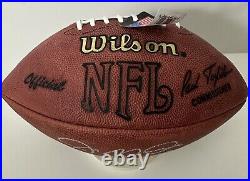
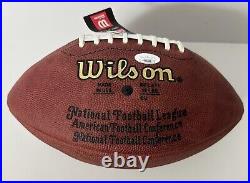
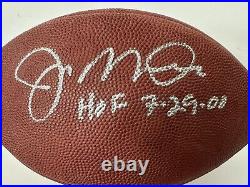
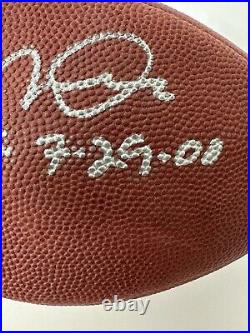

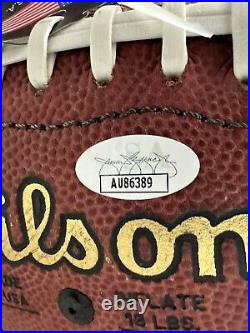
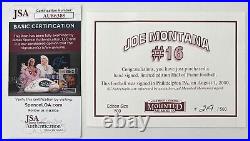

For sale is a Joe Montana autographed NFL football. This item is signed in silver marker and comes with and is inscribed HOF 7-29-00. The item includes authentication from both JSA and Mounted Memories. Please refer to photos for the condition of the item. You will receive the exact item shown above. Feel free to send us a message with any questions you may have.

Jim Kelly Signed Inscribed HOF 02 Official NFL Autograph Football JSA COA




Jim Kelly Signed Inscribed “HOF 02″ Official NFL Autograph Football. JSA COA & Memory Lane Sticker. You are purchasing the football in the photos.

John Riggins Redskins Autographed Signed Inscribed Football (Gridiron Auth COA)






John Riggins Washington Redskins Autographed Signed Inscribed Football (Gridiron Authentics COA). Inscribed SB XVII MVP.

Lester Hayes Signed Autographed Raiders custom football jersey inscribed BAS
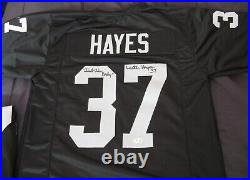

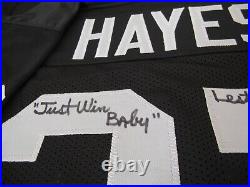


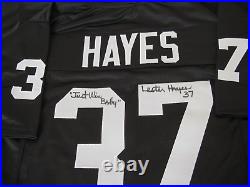
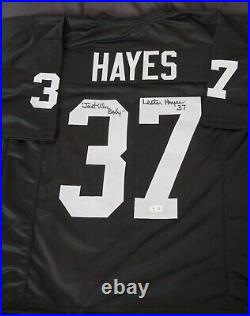


Oakland/Los Angeles Raiders cornerback Lester Hayes autograph in black Sharpie on a custom black jersey with “Just Win Baby” inscription. Item is certified with a Beckett (BAS) hologram with a QR code. Note: Beckett no longer issues a COA with authentication. You will be getting this exact item.

Warren Moon autographed signed inscribed football NFL Houston Oilers JSA COA
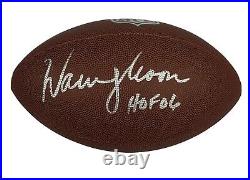

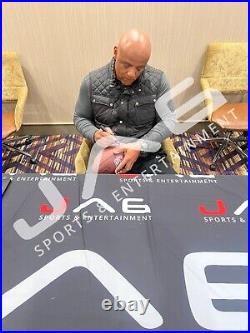

This is an autographed football that has been hand signed by Warren Moon. Perfect for any collection. Another great product brought to you by JAG Sports Marketing.

CHRIS DAVIS AUTOGRAPH SIGNED AUBURN FOOTBALL INSCRIBED KICK 6 &THE PLAY With COA

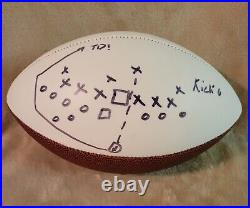


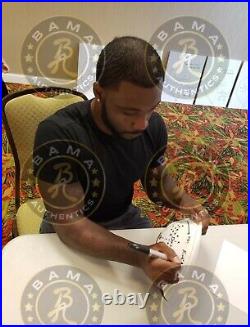
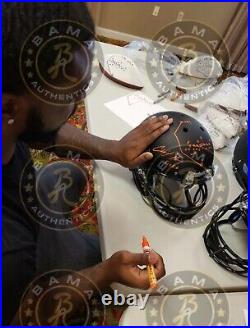
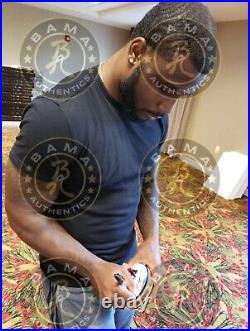

Inscribed “KICK 6″ 34 – 28 & THE PLAY. Size – STANDARD FOOTBALL. Here at BAMA AUTHENTICS we pride ourselves on bringing you real deal autographs.

T. J. Duckett Signed & Inscribed Michigan State Spartans Football Autographed F
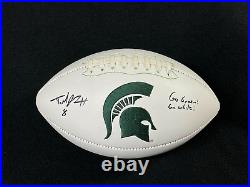
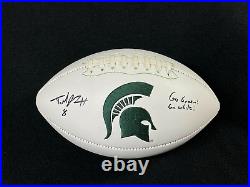
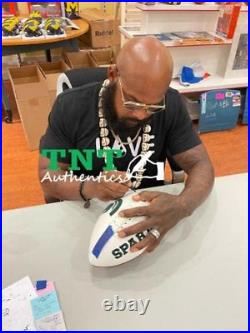
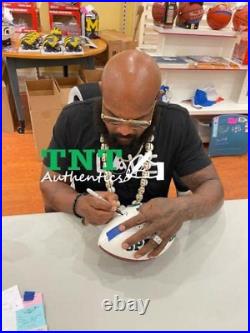
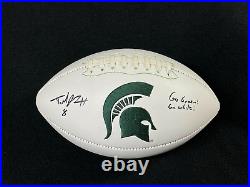
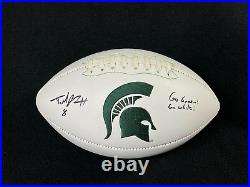
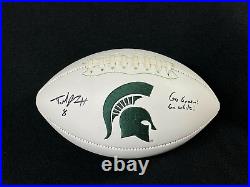
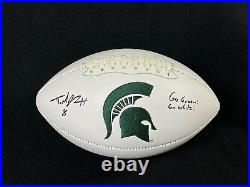
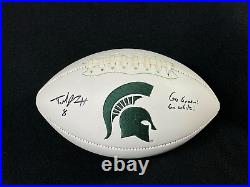
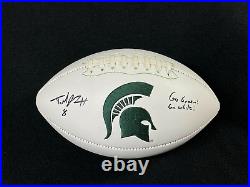
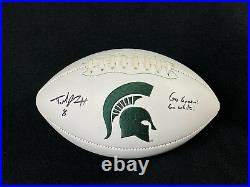
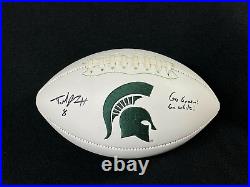

If autographed, includes an individually numbered, tamper-evident hologram.

Denver Broncos Thomas Incoom Autographed Signed Inscribed NFL Football Jsa Coa
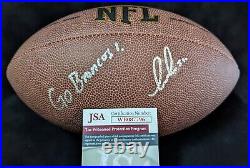



Thomas Incoom signed NFL football. The authentication is from JSA. This signature is WITNESSED by a representative of JSA! It is a great item and a must for all great sports fans!

